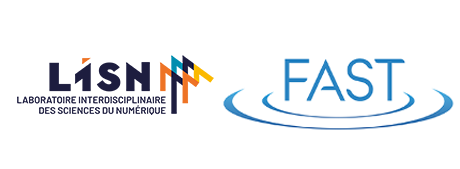
An interface between a perfectly electrically conducting fluid underlying a light dielectric in a gravity field may become unstable, leading to pillars, when it is subject to an electric field, D. Such a situation is obtained during the patterning of polymer films, where the conducting fluid self assembles into regular arrays of structures. These patterns arise from the competition between the applied voltage on the one hand and gravity and surface tension on the other. The competing effects between potential and gravity lead to a minimum in a plot of D vs. the disturbance wavenumber, k. This is reminiscent of the Benard problem, which is supercritical in nature. As the density difference between the fluids is reduced, characterized by the Bond number, the curve of D vs k loses the minimum character and becomes monotonic. Here the competition is principally between the voltage difference and surface tension, now reminiscent of the subcritical nature of the Rayleigh-Taylor instability. This suggests that there is a super to subcritical transition at some wave number, depending on the Bond number. A weak nonlinear analysis about the neutral state tells a different story and we find that such a transition can never be obtained in this gravitationally stable configuration, no matter how high the Bond number.
We end the talk by contrasting this problem with the physics of another problem-one in which a visco-elastic fluid is gravitationally unstable. The contrast between the two problems, one gravitationally stable and the other gravitationally unstable, is stark. The former surprisingly leads to subcritical break up and the latter, equally surprisingly, leads to supercritical saturation of steady waves. We reveal the reasons for this opposing behavior.
We thank NSF 2025117 and NASA NNX117AL27G for support.